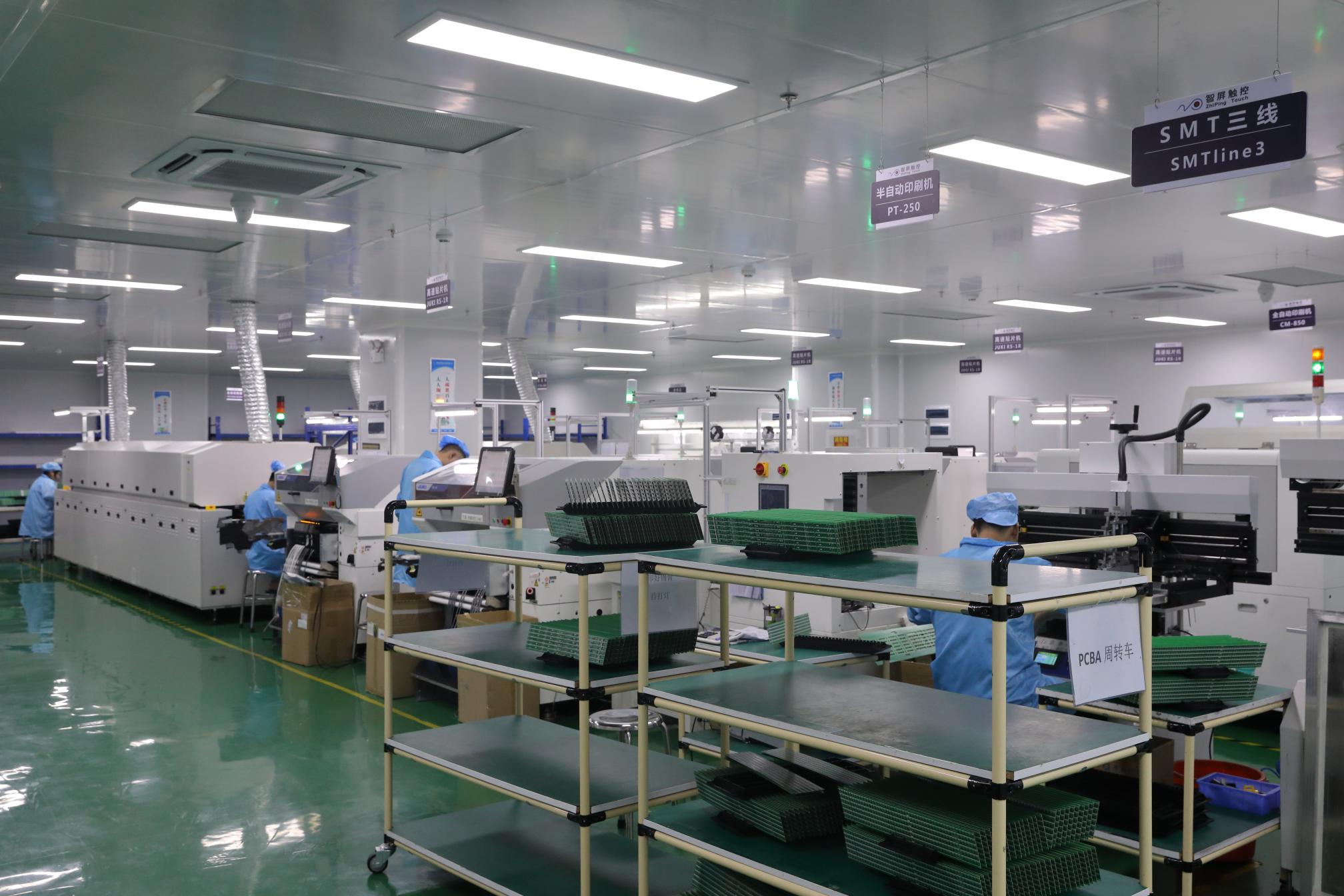Jun. 26, 2025
Share:
Since the U.S. implemented its upgraded tariff policy on China in 2024, the global manufacturing supply chain has experienced significant adjustments. Labor-intensive industries such as power tools, auto parts, and consumer electronics are increasingly relocating to low-cost regions like Southeast Asia, Mexico, and Eastern Europe. The introduction of the U.S. “reciprocal tariff” policy in April 2025 further reshaped the migration logic, forcing Southeast Asian countries like Vietnam and Thailand to shift production to regions with lower tariffs, such as Africa and Latin America.
Southeast Asia: Countries like Vietnam and Thailand have attracted investments in electronics, home appliances, and mechanical processing due to low labor costs, industrial infrastructure, and minimal tariff barriers.
Mexico: Benefiting from the USMCA agreement, Mexico's zero-tariff advantage with the U.S. has made it an attractive hub for automotive, home appliance, and consumer electronics manufacturing.
Eastern Europe: Poland, the Czech Republic, and other Central and Eastern European countries have gained attention due to their EU membership and relatively low labor costs, attracting secondary transfers from established industrial nations like Germany and Italy.
The shifting manufacturing landscape under tariff pressure has spurred a rise in demand for advanced electronic control systems in these "new manufacturing centers." This transformation is driving several changes:
Differences in power consumption, communication protocols, and environmental conditions (tropical, cold) across regions are pushing manufacturers to offer more diverse and region-specific control solutions.
Due to U.S. restrictions on chip exports and the return of high-end manufacturing to Europe and the U.S., there is increasing demand for localized electronic control solutions. Emerging manufacturing hubs face the challenge of upgrading from basic OEM production to smart manufacturing, requiring higher degrees of automation, data integration, and smarter control systems.
In regions like Southeast Asia and Mexico, the manufacturing industry mainly focuses on low-end assembly. As new plants are in the early stages of investment, companies are more price-sensitive. Therefore, electronic control solutions must balance cost-effectiveness with reliability, focusing on modular designs and large-scale production to meet budget constraints without compromising performance.

To adapt to the changes brought about by tariff policies, companies in the electronic control industry are adjusting their strategies by focusing on both regional expansion and technological innovation. Key strategies include:
Leading manufacturers are setting up production facilities and service centers in emerging markets to directly engage with customers. This "zero distance" approach allows for small-batch trial production, quick delivery, and localized technical support, reducing project cycle times and improving customer satisfaction.
Companies are accelerating R&D efforts to develop universal baseboards and multi-protocol compatible interface modules. This enables rapid adaptation across multiple locations and scenarios, reducing development and debugging time, and enhancing scalability across various markets.
Increasingly, companies are incorporating AI-driven predictive maintenance, big data analysis, and cloud-based operation platforms into their product offerings. By integrating electronic control systems with IoT and AI technologies, they are transitioning from equipment suppliers to solution providers, which not only boosts profit margins but also enhances customer loyalty.
The U.S.-China tariff war is reshaping the global manufacturing value chain, with significant implications for electronic control systems—the "nerve center" of industrial automation. These changes reflect a broader industrial upgrading trend: high-end markets are driven by technological innovation, while mid- and low-end markets thrive on cost optimization. Supply chain resilience and intelligent transformation are crucial to navigating this shift.
As tariff policies continue to evolve, companies must remain agile, staying attuned to policy shifts while investing in R&D, regional expansion, and ecological synergy to maintain competitive advantage in this global industrial transformation
Related News & Blog
R&D Capability
Related Solutions
We have a strong R&D and design team, especially in the field of instantaneous electric water heaters with unparalleled advantages and experience

Get Started with Scheme Design + PCBA
We provide one-stop service of scheme design + PCBA, integrating design and manufacturing, which can ensure that our electronic control board perfectly carries our design scheme.
Contact Us